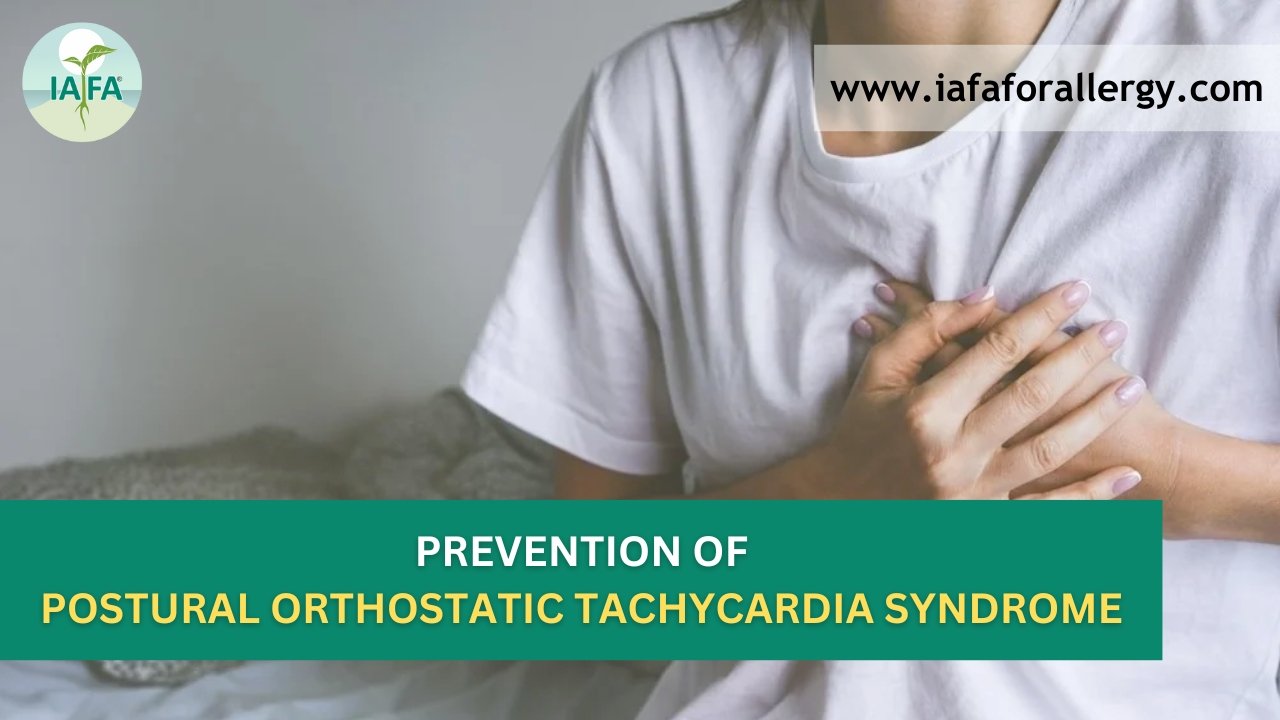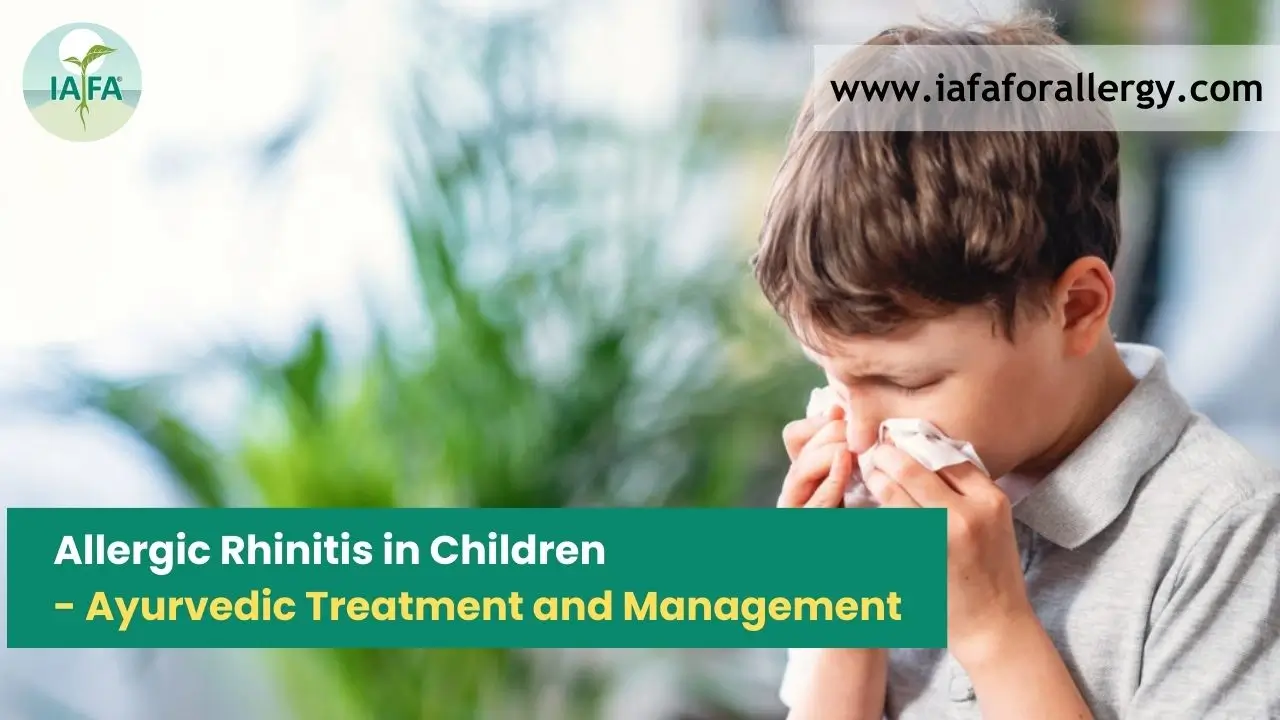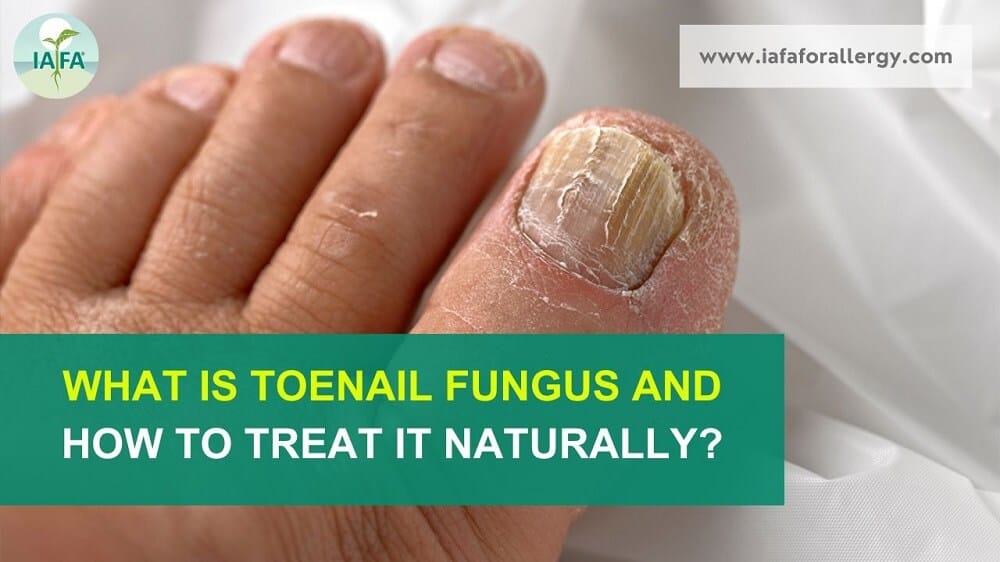POTS is an autonomic nervous system disorder that results in dizziness, increased heart rate, and heart palpitations upon standing from continuous laying down. One can holistically treat it by using Ayurvedic medicines and by following the Ayurvedic way of lifestyle.
We all know that “prevention is better than cure,” so through this blog, we will let you know 10 holistic tips to prevent Postural Orthostatic Tachycardia Syndrome (POTS) beforehand. Preventing postural orthostatic tachycardia syndrome (POTS) holistically involves adopting a comprehensive approach that addresses various aspects of your health and lifestyle.
Also Read – What are POTS and How to Treat it?
10 Holistic Tips to Prevent Postural Orthostatic Tachycardia Syndrome (POTS)
Here are 10 holistic tips to prevent postural orthostatic tachycardia syndrome (POTS):-
1. Stay Hydrated:
Proper hydration is crucial for maintaining blood volume and preventing symptoms associated with POTS. Less amount of water can cause changes in the blood volume and can result in heart palpitations. Drink an adequate amount of water throughout the day, and consider adding electrolytes to your fluids to support hydration. Electrolytes like sodium, potassium, and calcium are vital for strengthening the heart muscles.
2. Balanced Diet:
Follow a well-balanced diet that includes nutrient-dense foods. Aim for a variety of fruits, vegetables, whole grains, lean proteins, and healthy fats. Avoid excessive intake of processed foods, caffeine, and sugary snacks, as they can exacerbate symptoms. And remember to eat within limits as excess consumption of food at a time can result in the worsening of the symptoms.
3. Exercise Regularly:
Prevent POTS by engaging in regular, moderate exercise to improve cardiovascular fitness and strengthen heart muscles. Start with low-impact activities such as walking, swimming, or cycling, and gradually increase the intensity and duration over time. Work under the guidance of a healthcare professional or physical therapist to avoid any ill effects.
4. Manage Stress:
Chronic stress can worsen symptoms of POTS. Practice stress management techniques such as deep breathing exercises (Pranayama), meditation, yoga, or mindfulness. Find activities that help you relax and reduce stress levels. Stress can increase the stress hormones which can result in the worsening of POTS symptoms, managing stress can keep overall health in good condition.
5. Sleep Well:
Prioritize good quality sleep to support overall health and reduce POTS symptoms. Maintain a consistent sleep schedule, create a sleep-friendly environment, and practice good sleep hygiene habits. You need enough rest to heal the symptoms of POTS as resting allows the body to conserve energy and reduce the strain on the cardiovascular system. Having enough rest is one of the ways to prevent Postural Orthostatic Tachycardia Syndrome (POTS).
6. Autonomic Nervous System Balance:
POTS is an autonomic disorder that affects the functioning of the autonomic nervous system (ANS), which regulates automatic bodily functions. Resting provides an opportunity for the ANS to rebalance, promoting stability and regulation of heart rate, blood pressure, and other autonomic functions.
7. Compression Garments:
Wearing compression stockings or garments can help improve blood circulation and prevent blood pooling in the lower extremities. These garments provide external pressure to support venous return and reduce symptoms.
8. Avoid Triggers:
Identify and avoid triggers for the Prevention of Postural Orthostatic Tachycardia Syndrome otherwise, it can worsen your symptoms. These can include heat, prolonged standing, hot showers, certain foods, or specific medications. Keep a symptom journal to track potential triggers and work with your healthcare provider to develop strategies for avoidance.
9. Monitor Medications:
Unlike ayurvedic medicines, conventional medicines are aligned with side effects. And these medications can exacerbate POTS symptoms or interact with your condition. Ensure that your healthcare provider is aware of your POTS diagnosis and review all medications you are taking to identify potential issues. If possible, shift to alternative therapies for your condition to prevent related complications.
10. Getting Enough Rest:
Resting in a horizontal or reclined position can help alleviate symptoms of POTS and help in the Prevention of Postural Orthostatic Tachycardia Syndrome. When lying down, blood is distributed more evenly throughout the body, reducing the pooling of blood in the lower extremities that commonly occurs in POTS. This can help improve blood flow to the brain and alleviate symptoms such as dizziness and lightheadedness.
The Bottom Line
Postural Orthostatic Tachycardia Syndrome (POTS) is a condition that affects the autonomic nervous system, causing an abnormal increase in heart rate upon standing. While POTS can be challenging to manage, there are holistic approaches that can help prevent its onset or reduce its impact on daily life. Preventing POTS holistically involves nurturing your body and mind through lifestyle changes, stress management, proper nutrition, and supportive therapies.
By taking a comprehensive approach to your well-being, you can improve cardiovascular health, regulate the autonomic nervous system, and reduce the impact of POTS on your life. You can also consult with Dr. Sahil Gupta for deep and further assistance.










